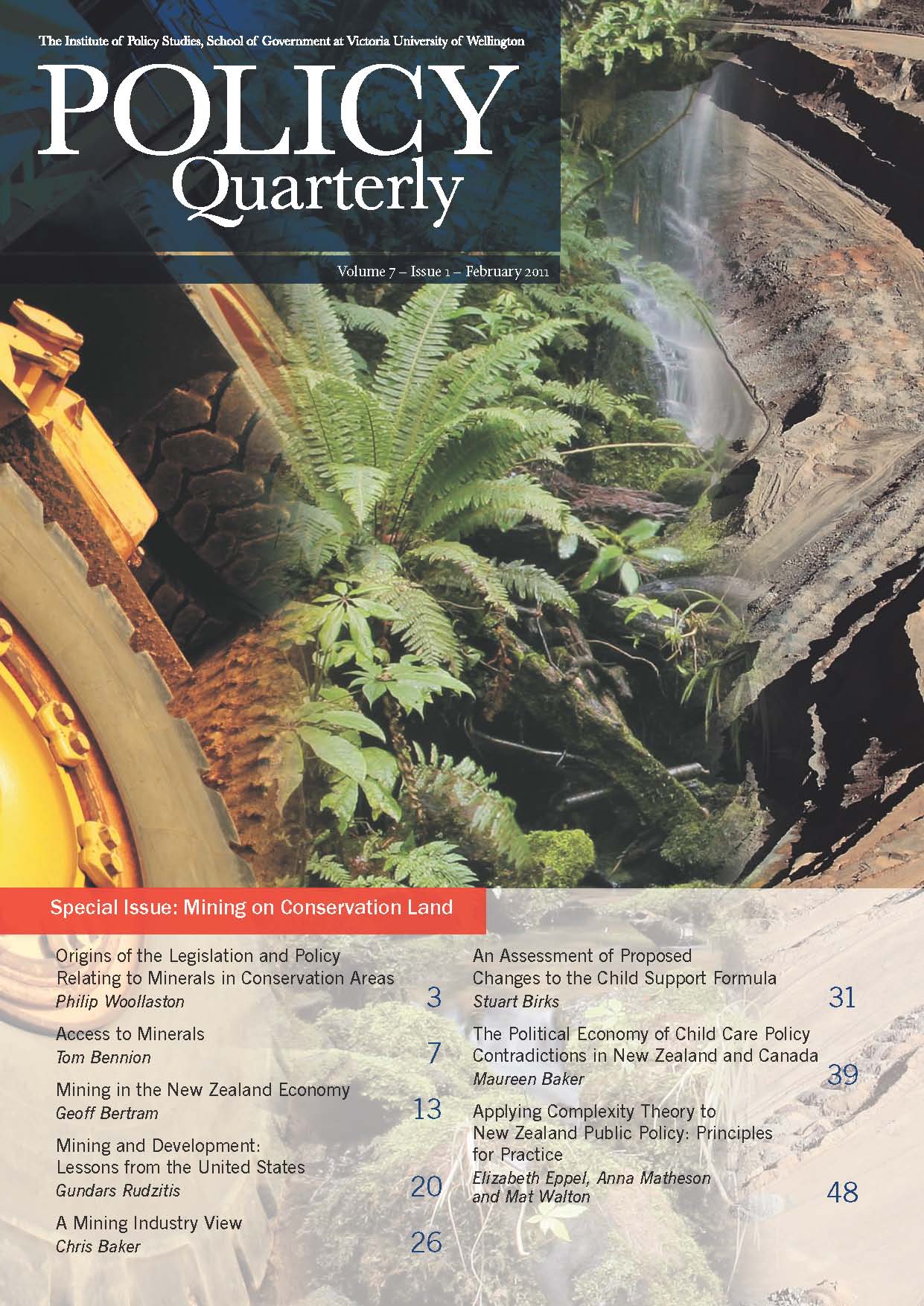Mining and development lessons from the United States
DOI:
https://doi.org/10.26686/pq.v7i1.4368Keywords:
Minerals and mining in the development of the United States, impact of mining on American communities, states and regions, US regional development, US Environmental Protection Agency, metal mining industry pollution, clean-up and reclamation costs, amenity-driven development, extractive mineral activity, mining development on conservation lands in New ZealandAbstract
American history, and particularly that of the West where, during the 19th and early 20th centuries, mining for gold and silver flourished, and periodically continues to do so, is based on a frontier mentality. Indeed, we in the United States of America are still not far removed from that mentality, and have our roots in exploitation based on the idea, historically, of unlimited resources. We have created a variety of myths. Myths need not be bad, but ours have not served us well. We have started to learn slowly from our mistakes and to accept, in however belated a fashion, that we should avoid repeating them. Here I try briefly to sketch some of the outcomes from our history as it relates to mining, in the hope that New Zealand will not suffer some of the same consequences as mining communities and regions have in the US.
Downloads
Downloads
Published
Issue
Section
License
Permission: In the interest of promoting debate and wider dissemination, the IGPS encourages use of all or part of the articles appearing in PQ, where there is no element of commercial gain. Appropriate acknowledgement of both author and source should be made in all cases. Please direct requests for permission to reprint articles from this publication to Policy-Quarterly@vuw.ac.nz.



